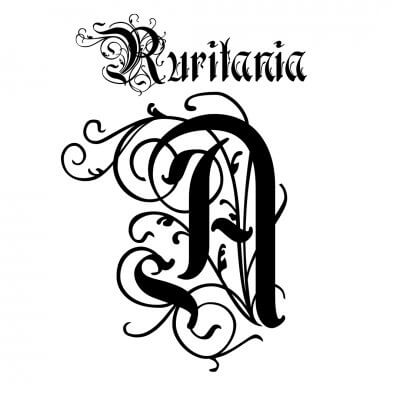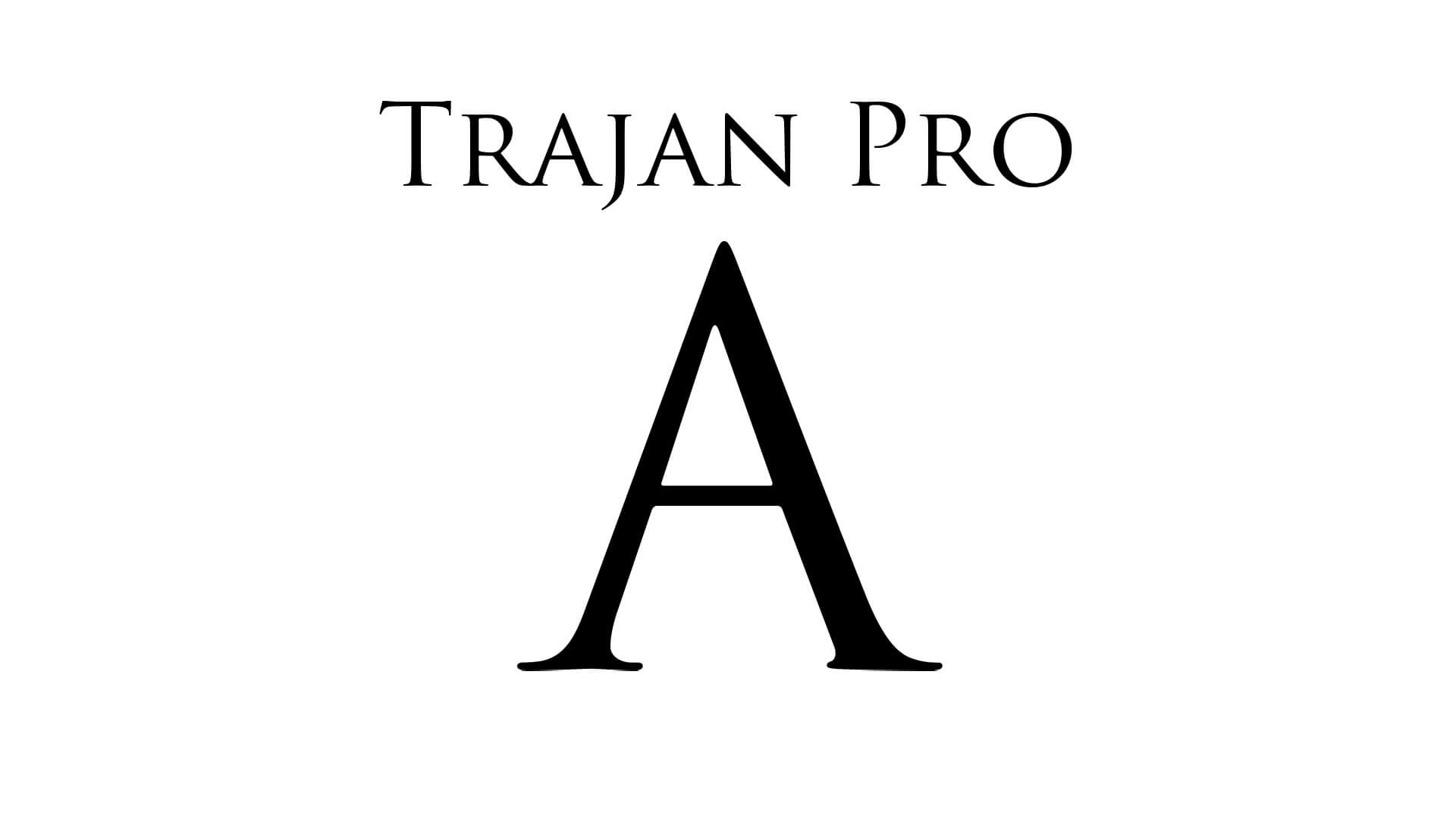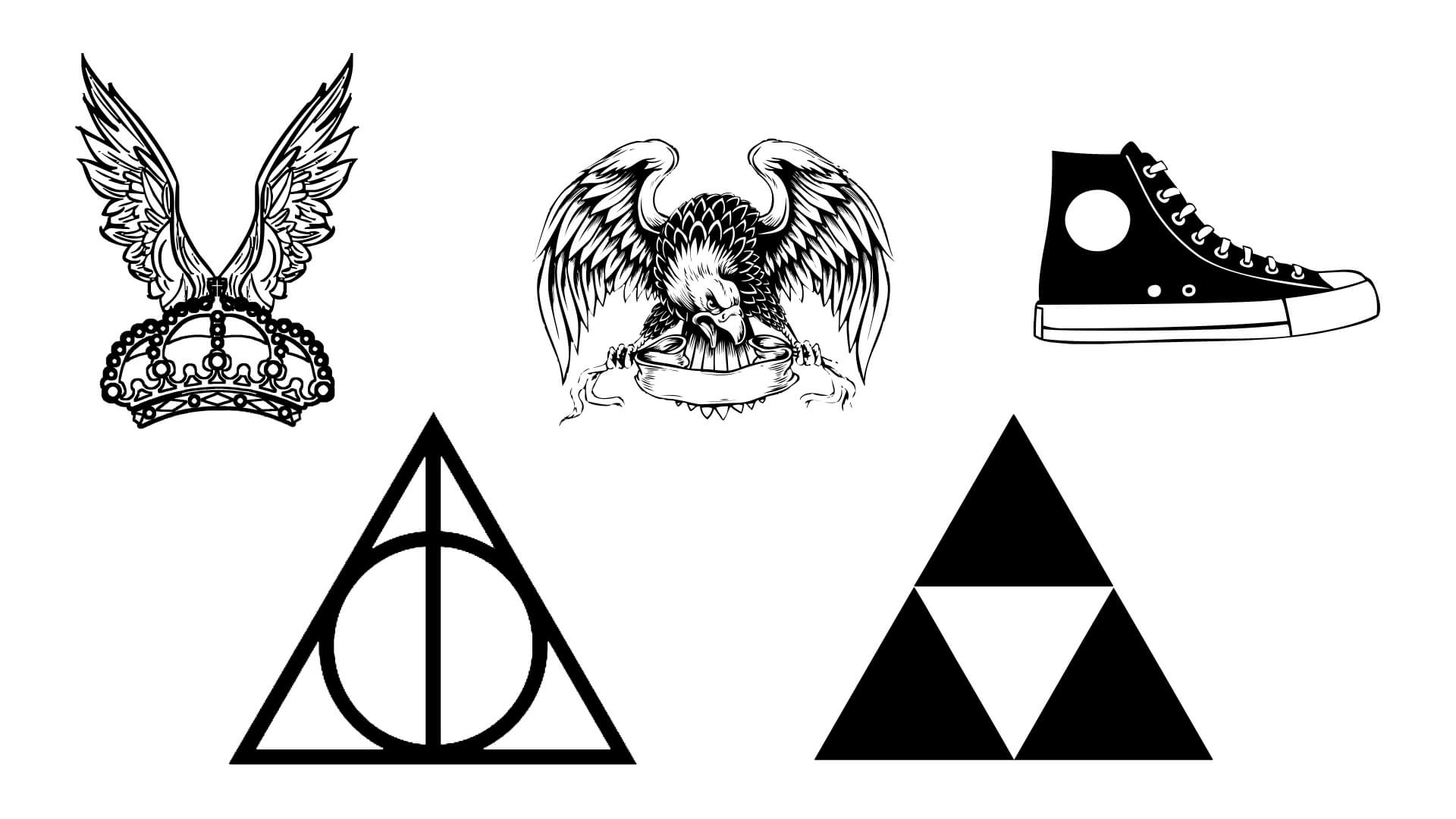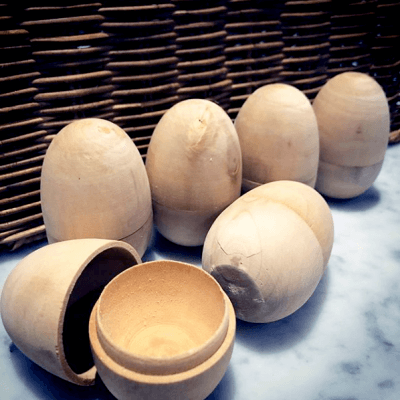All hands on deck for floating luxury! Engraving & Embroidery 2020 Hanging out all day…
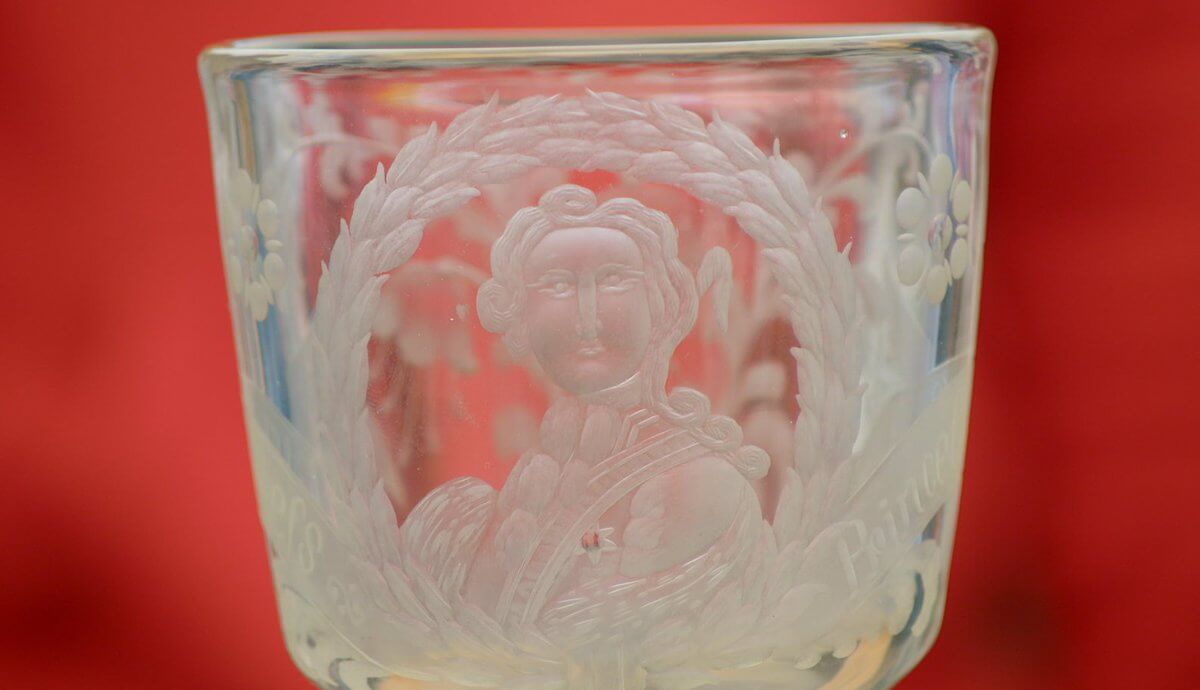
Cut Glass or Pressed Glass? 5 Top Tips to Spot Quality
Cut-Glass or Pressed Glass? 5 Top Tips to Spot Quality – Well, how old are we talking? Because first came lightning strikes and erupting volcanoes melting sand and ash and making glass. Around 3000 B.C, man created objects by blowing glass.The Romans (first century A.D), introduced a crude form of cut-glass by faceting and relief-cutting into glass surface. In the 17th century, glass objects were created by blowing, drawing and pouring the glass until, Germany, with the production of heavy glass that could withstand carving into, developed cut-glass techniques into the way it is practiced today by modern glassmakers.
The English and Irish glassmakers also adopted the decorative cut – glass technique and have been manufacturing fine – cut crystal since, we have all heard of the famous – Irish glasshouse, Waterford.
So which is better?
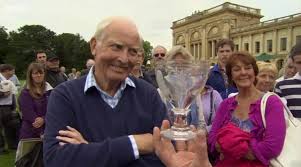
How much?? 5p really? Well, glass expert Andy McConnell thinks this 70s cast crystal Swedish sculpture is worth between £2-300 #AntiquesRoadshow

Cut Glass or Pressed Glass?
-
Glassware that has embellishments by a series of facets cut into its surface. Wet sand or artificial abrasives coat a revolving spinning steel wheel (typically flat, convex, or V-shaped) and used to make ‘rough-cuts’ of a marked pattern into the glass surface.
-
The incision in the glass is then smoothed by a sandstone wheel and then polished with a wooden wheel. Acid dipping usually provides the final polish.
-
In the 19th century, the pressed glass technique evolved to resemble the cut-glass appearance but at a lower cost, diminishing the demand for cut-glass ware. Even today much cut-glass is “rough-cut” by partly moulding first, omitting the expense of marking out the design and then finished at the wheel.
How much?? 5p really? Well, glass expert Andy McConnell thinks this 70s cast crystal Swedish sculpture is worth between £2-300 #AntiquesRoadshow @BBCOne pic.twitter.com/wrDsAdtzCD
— Antiques Roadshow (@BBC_ARoadshow) May 6, 2018
5 Top Tips to Spot Quality



